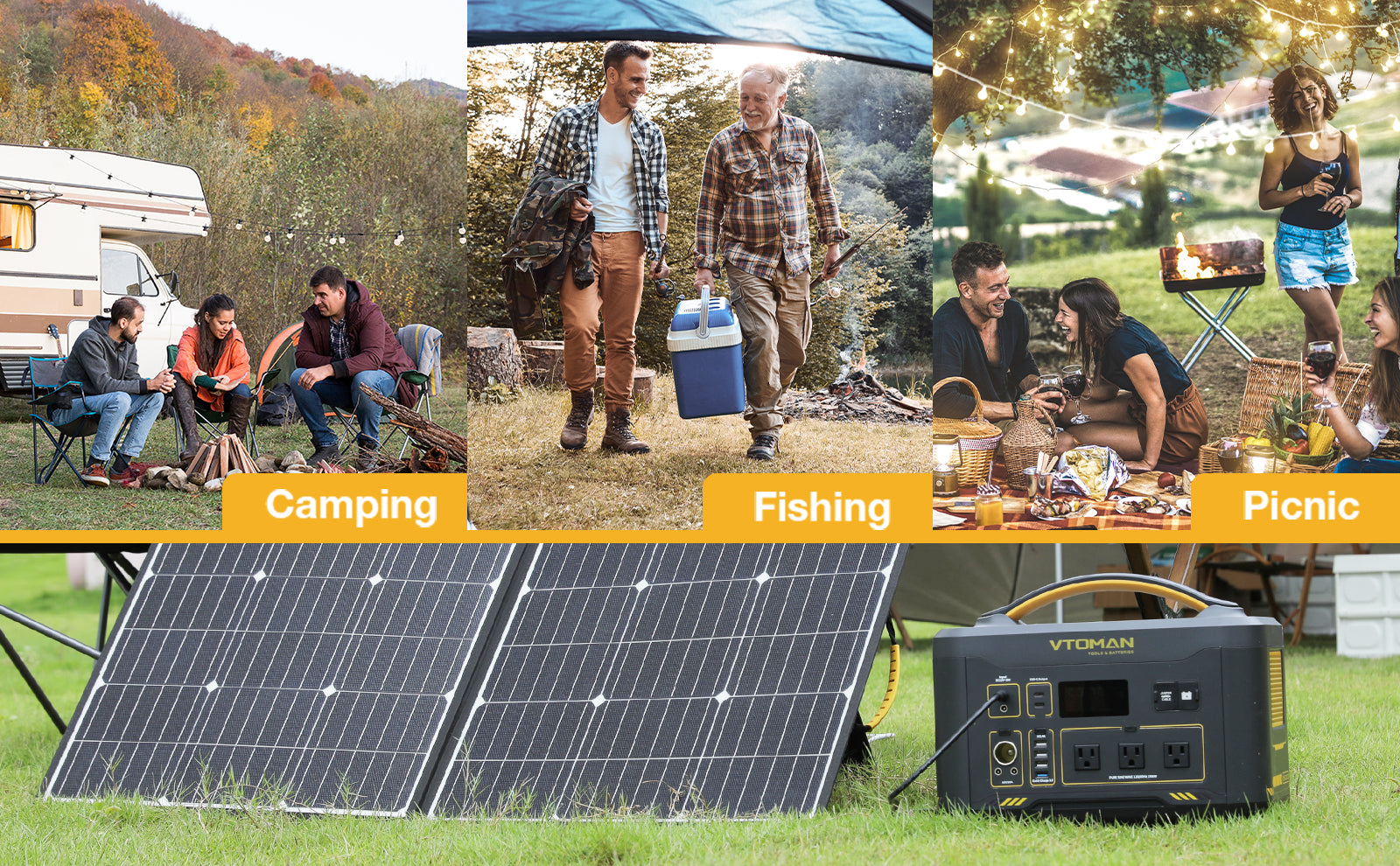Have you ever considered the impact of [keyword] on our daily lives off grid solar.
Off-grid solar systems have gained significant popularity in recent years as a sustainable and reliable source of electricity. These systems provide a viable solution for remote areas where access to the traditional power grid is limited or non-existent. In this article, we will delve into the key components and functionality of off-grid solar systems, shedding light on their inner workings and benefits.
Understanding Off-Grid Solar Systems
Off-grid solar systems, also known as standalone solar systems, are designed to generate and store electricity independently from the utility grid. They consist of several essential components that work together to harness solar energy and convert it into usable electricity.
Solar Panels
The heart of any off-grid solar system is the solar panels. These panels, typically made of photovoltaic (PV) cells, capture sunlight and convert it into direct current (DC) electricity. The number and size of solar panels depend on the energy requirements of the system and the available sunlight in the area. It is crucial to position the panels in a location that receives maximum sunlight throughout the day to optimize energy production.
Battery Bank
Off-grid solar systems require a battery bank to store excess electricity generated by the solar panels. The battery bank acts as a reservoir, allowing homeowners to use electricity during periods of low sunlight or at night. Deep-cycle batteries, such as lead-acid or lithium-ion batteries, are commonly used in off-grid systems due to their ability to withstand frequent charging and discharging cycles.
Inverter
An inverter is a vital component of off-grid solar systems as it converts the DC electricity produced by the solar panels and stored in the battery bank into alternating current (AC) electricity, which is the standard form of electricity used in homes and businesses. The inverter ensures compatibility with household appliances and allows for seamless integration of the off-grid system with existing electrical infrastructure.
Charge Controller
A charge controller regulates the flow of electricity between the solar panels and the battery bank. It prevents overcharging of the batteries, which can lead to damage and reduced lifespan. Additionally, the charge controller ensures efficient charging by optimizing the power output of the solar panels based on the battery's state of charge.
Functionality of Off-Grid Solar Systems
Off-grid solar systems operate by harnessing sunlight and converting it into usable electricity. The process begins with the solar panels capturing sunlight and generating DC electricity. This electricity is then stored in the battery bank through the charge controller. The inverter converts the stored DC electricity into AC electricity, which can be used to power household appliances and meet the energy needs of the off-grid system owner.
During periods of low sunlight or high energy demand, the off-grid system draws electricity from the battery bank. The charge controller ensures that the batteries are not over-discharged, protecting their longevity. When sunlight is abundant, the solar panels recharge the batteries, ensuring a continuous and sustainable power supply.
Benefits of Off-Grid Solar Systems
Off-grid solar systems offer numerous benefits, making them an attractive option for those seeking energy independence and sustainability. Here are some key advantages:
1. Energy Independence
Off-grid solar systems provide homeowners with the freedom to generate their own electricity, reducing reliance on the traditional power grid. This independence offers peace of mind, especially in areas prone to power outages or where grid connection is challenging.
2. Environmental Sustainability
By harnessing the power of the sun, off-grid solar systems produce clean and renewable energy, reducing carbon emissions and environmental impact. They contribute to a greener future and help combat climate change.
3. Cost Savings
While the initial investment in an off-grid solar system may be higher compared to grid-connected systems, the long-term savings are significant. Homeowners can eliminate or greatly reduce their electricity bills, as they generate their own power from sunlight.
4. Versatility
Off-grid solar systems can be installed in various locations, including remote areas, cabins, boats, and RVs. They provide a flexible and portable energy solution, allowing individuals to enjoy modern conveniences even in off-grid locations.
Exploring Off-Grid Solar Systems: Key Components and Functionality is an exciting journey into the world of sustainable energy. By understanding the components and functionality of off-grid solar systems, individuals can make informed decisions about adopting this innovative technology.
Conclusion
Off-grid solar systems offer a reliable and sustainable solution for generating electricity in areas without access to the traditional power grid. By harnessing the power of the sun, these systems provide energy independence, environmental sustainability, cost savings, and versatility. To learn more about off-grid solar systems and their benefits, explore the following credible sources:
